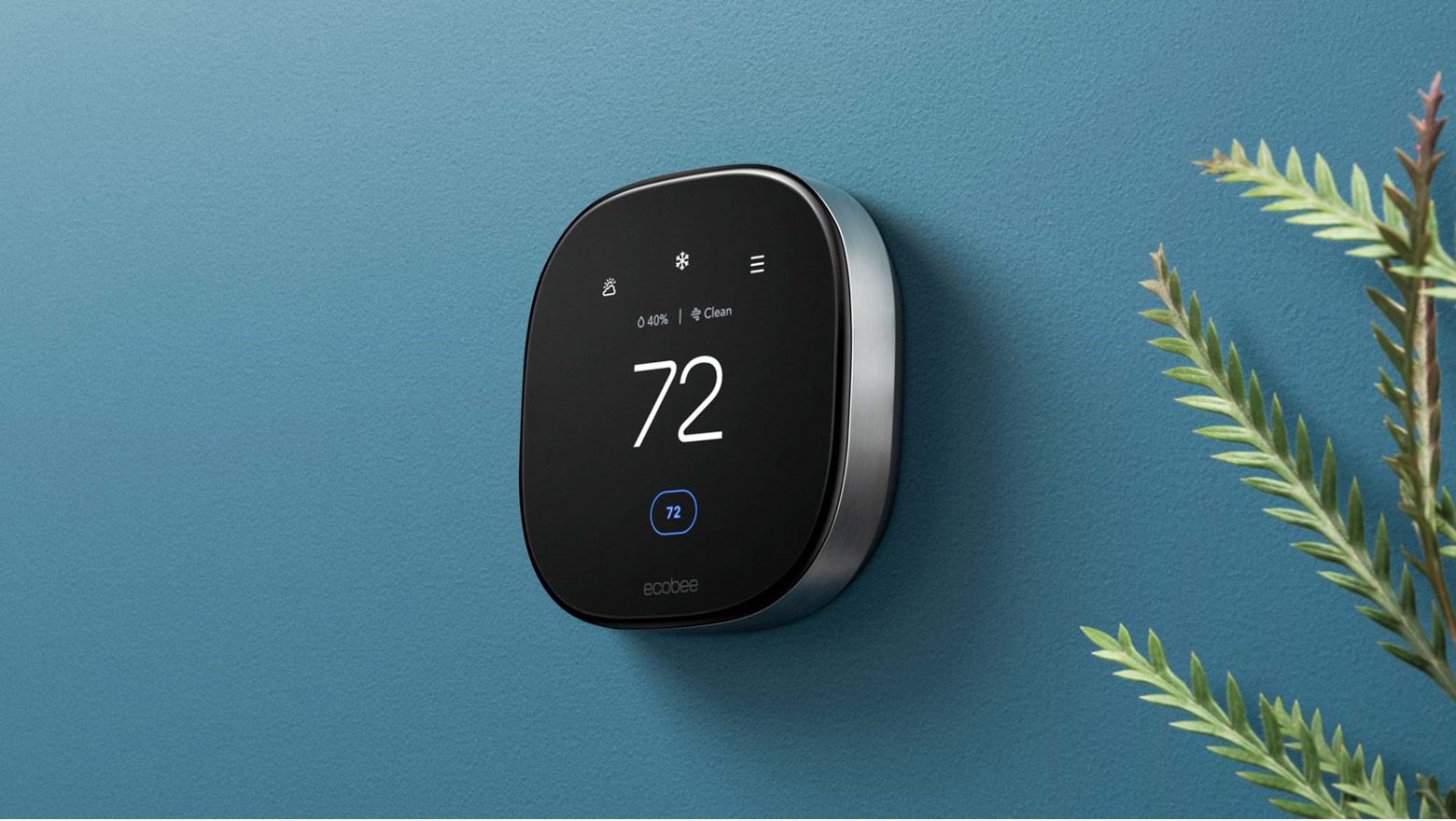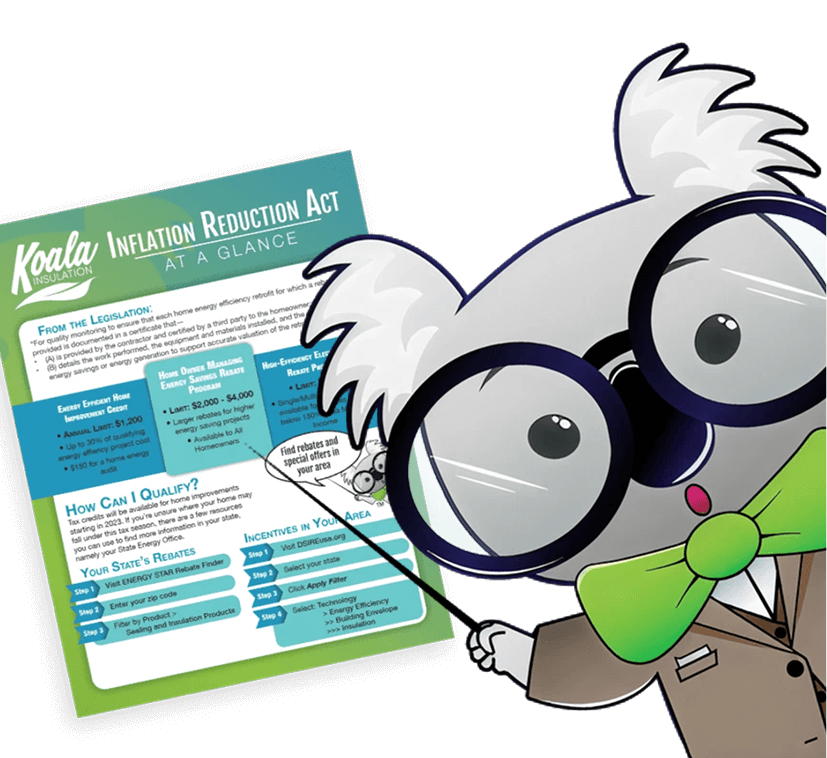How Insulation Helps Keep Your Home Cool in Hot Climates

When you think about insulation, keeping warm during the winter might be the first thing that comes to mind. However, insulation plays an equally critical role in hot climates by keeping your home cool, energy-efficient, and comfortable. At Koala Insulation of the Midsouth, we specialize in insulation solutions designed to combat extreme heat and reduce cooling costs for homes in hot regions.
Why Insulation is Essential in Hot Climates
In hot climates, the sun’s relentless heat can easily penetrate your home, causing indoor temperatures to rise and air conditioning systems to work overtime. Proper insulation acts as a barrier that slows the transfer of heat, maintaining a cooler indoor environment without excessive energy use.
Key Benefits of Insulation in Hot Climates:
- Energy Efficiency: Reduces the need for constant air conditioning.
- Lower Utility Bills: Decreases energy consumption, leading to cost savings.
- Enhanced Comfort: Maintains stable indoor temperatures.
- Environmental Impact: Reduces your carbon footprint by lowering energy demands.
How Insulation Keeps Your Home Cool
- Thermal Resistance (R-Value)
Insulation is rated by its R-value, which measures its resistance to heat flow. In hot climates, insulation with a higher R-value helps prevent heat from entering your home, keeping it cooler for longer. - Air Sealing
Air leaks can allow hot air to infiltrate your home, making it harder to maintain cool temperatures. Spray foam insulation, in particular, seals gaps and cracks effectively, preventing unwanted heat gain. - Reflecting Radiant Heat
Radiant barriers and reflective insulation materials are designed to reflect heat away from your home, reducing the amount of heat that enters through the roof and walls. - Moisture Control
Hot climates often come with high humidity. Proper insulation helps control moisture levels, preventing condensation and improving indoor air quality. - Reducing Heat Transfer Through Roofs and Attics
The roof is one of the biggest culprits for heat gain. Insulating the attic with materials like spray foam or blown-in insulation reduces heat transfer, keeping your living spaces cooler.
Best Insulation Types for Hot Climates
- Spray Foam Insulation
- R-Value: R-3.5 to R-6.5 per inch
- Benefits: Excellent air sealing, moisture-resistant, superior thermal performance.
- Best For: Attics, walls, crawl spaces, and hard-to-reach areas.
- Blown-In Insulation (Cellulose or Fiberglass)
- R-Value: R-2.2 to R-3.8 per inch
- Benefits: Fills gaps effectively, environmentally friendly options available.
- Best For: Attic floors and wall cavities.
- Radiant Barrier Insulation
- R-Value: Reflects radiant heat rather than resisting conductive heat.
- Benefits: Reduces attic temperatures, lowers cooling costs.
- Best For: Attics, especially under roof decking.
- Rigid Foam Board Insulation
- R-Value: R-4 to R-6.5 per inch
- Benefits: High insulating value, moisture-resistant, durable.
- Best For: Exterior walls, basements, and foundations.
- Fiberglass Batt Insulation
- R-Value: R-2.9 to R-3.8 per inch
- Benefits: Cost-effective, easy to install, good thermal performance.
- Best For: Walls, floors, and ceilings.
Key Areas to Insulate in Hot Climates
- Attics: The attic is often the hottest part of the house. Proper insulation reduces heat gain and lowers cooling costs.
- Walls: Insulating exterior walls prevents heat from penetrating indoor spaces.
- Floors: Especially important for homes with crawl spaces or raised foundations.
- Ductwork: Insulating ducts minimizes energy loss, ensuring cool air reaches every room efficiently.
- Windows and Doors: Use weatherstripping and caulking to prevent hot air from entering.
Signs Your Home Needs Better Insulation
- High Energy Bills: Increased cooling costs often indicate poor insulation.
- Uneven Temperatures: Hot spots or cold drafts in your home.
- AC Running Constantly: Overworked HVAC systems are a sign of heat infiltration.
- Hot Walls or Ceilings: Surfaces that feel warm to the touch during the day.
- Humidity Issues: Excess moisture indoors can be a sign of inadequate insulation.
Energy-Saving Tips Alongside Insulation
- Seal Air Leaks: Use caulk or weatherstripping around windows and doors.
- Install Reflective Roofing: Reflects sunlight, reducing roof temperatures.
- Use Energy-Efficient Windows: Double-pane or low-E glass reduces heat gain.
- Shade Your Home: Use blinds, curtains, or outdoor shading to block direct sunlight.
- Upgrade HVAC Systems: High-efficiency systems work better with proper insulation.
Why Choose Koala Insulation of the Midsouth?
At Koala Insulation of the Midsouth, we specialize in providing insulation solutions tailored to hot climates. Our expert team conducts thorough energy audits to identify areas where your home can improve, recommending the best materials and techniques for maximum cooling efficiency.
What Sets Us Apart:
- Local Expertise: We understand the specific insulation needs of homes in the Midsouth.
- Eco-Friendly Options: We prioritize sustainable, energy-efficient materials.
- Professional Installation: Our certified team ensures precise, effective installation.
- Free Estimates: Transparent pricing with no hidden costs.
Get a Free Estimate Today!
Ready to keep your home cool and energy-efficient in the Midsouth heat? Call us at (901)-613-1421 or visit our websitefor a free estimate. Let Koala Insulation of the Midsouth help you create a cooler, more comfortable home with expert insulation solutions.
Find Your Location


Get a quote



